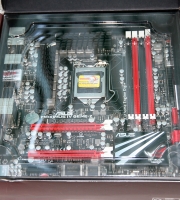
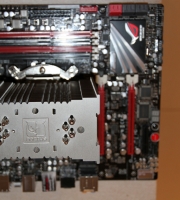
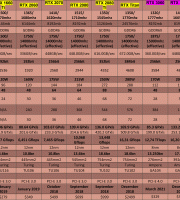
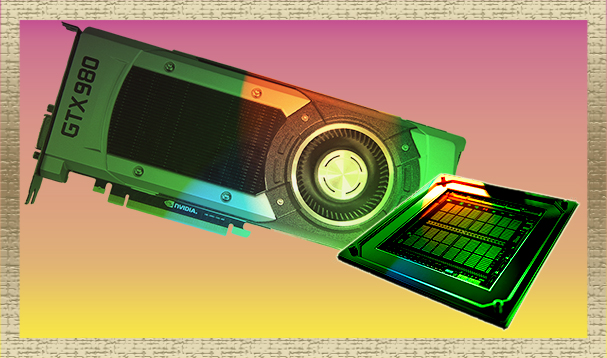
Golden Era’s of anything that sounds nice, travels fast, jumps high, hits hard or permits great luxury for less graft are defined by a intricate mixture of objectivity and subjectivity.Facts are substantiated by evidence and statistics, opinions empowered by emotion and belief, but from the moment one rejoices in relativism, nothing can thrive on proof of any sort. Nevertheless, if 2014 defined a golden year for heavyweight desktop delights, to dispute the relentless pressure it faced from from an advancing front of super evolutionary tablets, phablets, mobiles and laptops would amount to claiming that this was a really terrible motor car.
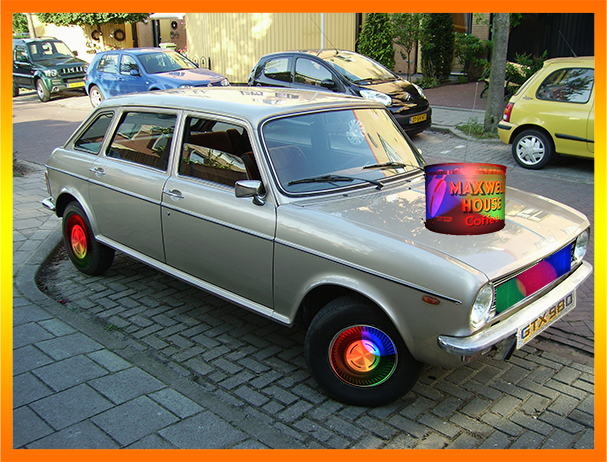
Yet whenever the capitulation of old school computing seemed immanent and certain enough for a Nostradamus apologist to take to Ladbrokes, our generals in the wilderness, themselves with a vested interest in the slimming market, steadfastly refused to forsake their past.
Onwards they would stride, ravenous rivals deprived of autonomy by each others mere existence. One adorned in charming cherry crimson, the next in garish grape green and the last in beguiling berry blue. All three grudgingly but gallantly bearing the brutal weight of the mammoth mahogany, ash, oak, or cedar surfaces that symbolized their dominance of decades gone by until, from their combined efforts, frustration and fatigue, a fresh craving to conquer ignited one great mind.
As Septembers redemptive autumnal musings meandered to a close. It was old Giant Green Eyes who was to answer the audiences deafening demands, making it impossible for the stage manager to dim the lights and courteously urge a packed house that times had changed. It was he who would take on the Mantle with an encore of “Maxwell” magnificence….figuratively and absolutely and right from where the flag of his fiery bearded foe now flew.
The tapestry chronicling this treacherous trading of Teraflops was last abandoned with its threads delicately poised.
AMD’s “Hawaii” had yielded emphatic performance returns through a combination of innovative power management, increased memory, a bountiful bus, more cores, compute and texture units, two times the ROPs and the burning of bridges. What’s that? I missed the transistors? Look, there they wallow, in that fact laden table, oozing with chocolatey figures, gorge my friends.
Moreover, it had duly addressed weaknesses unearthed by a growing trend of stringent testing techniques, the most injurious being a frame rate, interval and rendering anomaly exhibited by its flagship cards, the 7970 when running in Crossfire and later, their twin Tahiti toting 7990. The tests were pioneered by two groups of accomplished PC practitioners working for equally accredited websites – the debate as to which was first rages on – and were a successful attempt to expose the mysteries of micro-stutter.
Their procedure involved recording the native output of the video card on trial using a powerful purpose built capture system, which identified a resolution of up to 2560×1600 and ingested footage at 60 frames per second. A RAID array of super-charged SSDs ensured every frame was preserved in an uncompressed avi file, where it could be subsequently extracted for further analysis.
Prior to this, FRAPS, a software based screen grabber, was the principal method for garnering the data in question, though by intercepting the frame buffer, its measurements were based exclusively on the video card’s raw output and failed to highlight imperfections observed by the player once the images had been passed to their display.
In recording exactly what the gamer saw, then reviewing statistics that divulged not just the frame rate, but detected any incomplete or “dropped” frames, logged the exact time each frame expended on the screen and conveyed accurate percentages of fast, slow and average display times, a new, unimpeachable package of results could be collated and offset against those generated by FRAPS in the same tests. The experiment revealed that a tag team of “Tahitis” was persistently wayward when compared to co-habiting Keplers. Frame rates and display durations would fluctuate, clusters of frames were either compromised or omitted entirely and a larger proportion occupied the screen for longer. Aside from enforcing a tarnished visual experience, when collectively accounted for in benchmarks previously monitored by FRAPS, these ailments effectively hampered the prowess of AMD’s multi and dual GPU solutions by between 20 and 50%
Without wishing to delve into the deluxe coffee table edition of “Who’s GPU” for the umpteenth time, for we are in the past tense already, it was two years earlier that this problem, then attributed to the red team’s “Cayman” chip, initiated a succession of embarrassing own goals and its cure was more crucial to their recovery than any other benefit subsequently observed.
On the day AMD’s Hungry Hawaiians first paraded their assets, Nvidia’s battle plan seemed watertight. The GK110 was a GPU with greater reserves than Fort Knox and had already enchanted the richest enthusiasts in its exorbitant “Titan”form. Thus, Green Eyes nonchalant response to his Nemesis was to halve the memory, dial up the core speed, ditch double precision, and -release two cheaper variants, the GTX 780 and 780 Ti, both vehemently targeting the cutting edge gamer and priced appropriately.
Then erupted mount Vesuvius. Under normal circumstances, a launch price topping $1000 might have appeared prohibitive, but in delivering such a devastating array of results, the R9-295x pre-empted comical complacency in the guise of Nvidia’s official counter, the dual Kepler Titan-Z , which yielded inferior frame quotas for double the dollars and arguably forced camp verdant to hastily re-market their colossal creation as a product for privileged medical students with an occasional penchant for Portal.